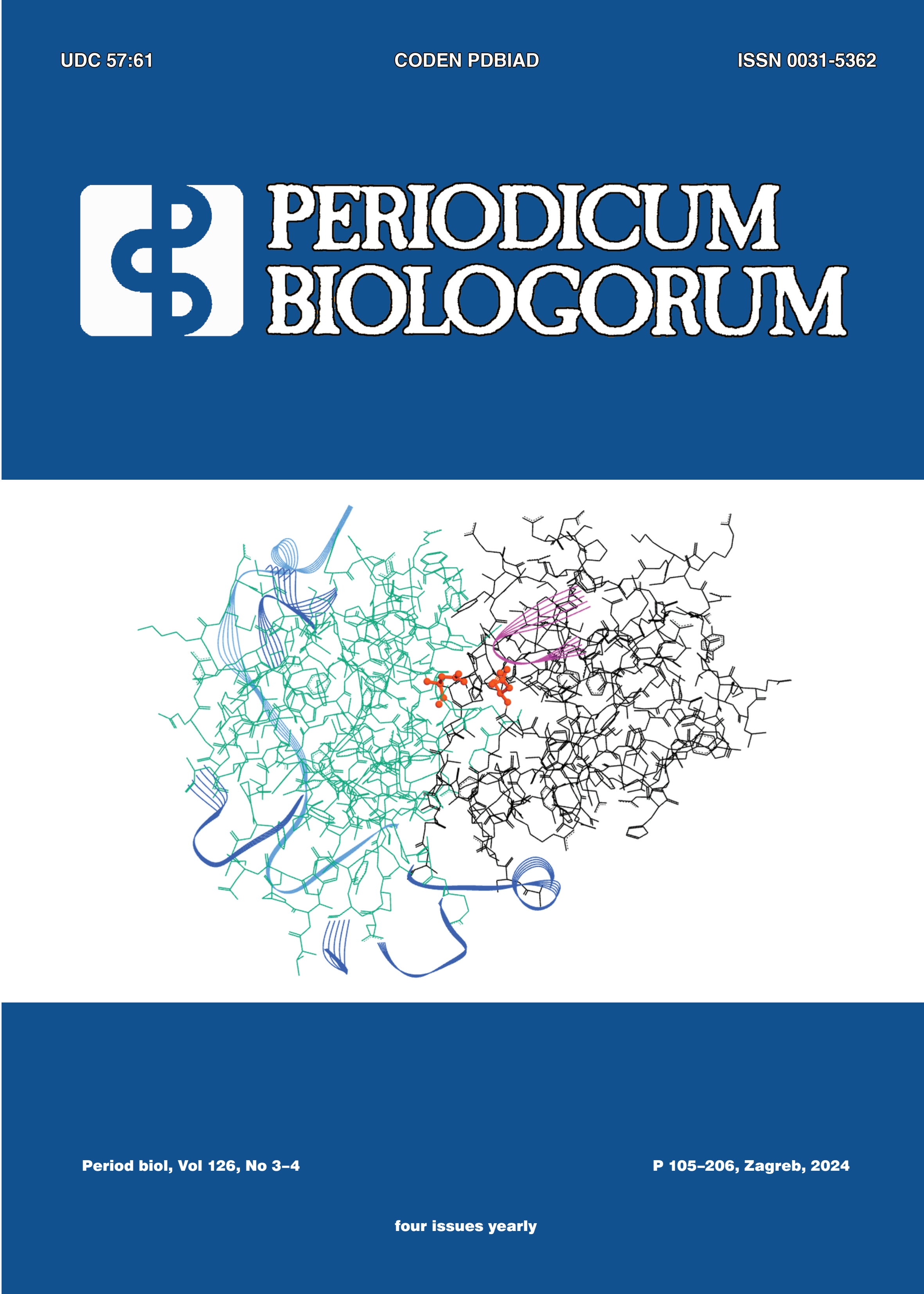Overview of BACE1 structure and effect of genetic polymorphisms and protein isoforms on enzyme activity
BACE1 structure, polymorphisms and activity
DOI:
https://doi.org/10.18054/pb.v126i3-4.33903Abstract
One of the major hallmarks of Alzheimer’s disease (AD), deposition of amyloid plaques in the brain, arises from the proteolytic processing of the amyloid precursor protein (APP), a process in which the rate-limiting step is carried by β-secretase (BACE1). Due to this essential role in the development of AD, BACE1 has become a widely studied drug target for the development of new drugs aimed at blocking amyloid β peptide formation and aggregation through inhibition of BACE1 activity. The development of the first BACE1 inhibitors allowed the determination of its crystal structure and description of its active site, confirming the existence of eleven well-defined subsites able to accommodate a range of substrates, which enabled BACE1 to participate in a number of biological processes. For this reason, the study of BACE1 structure and determination of specific structural motifs responsible for the accommodation of known substrates could enable defining drugs with very specific targets, as well as provide insight into the mode of action of BACE1 itself. This review will focus on the overall structure of BACE1 and its active site, as well as on the effect of genetic polymorphisms and isoforms on its activity.
Downloads
Published
Issue
Section
License
The contents of PERIODICUM BIOLOGORUM may be reproduced without permission provided that credit is given to the journal. It is the author’s responsibility to obtain permission to reproduce illustrations, tables, etc. from other publications.


